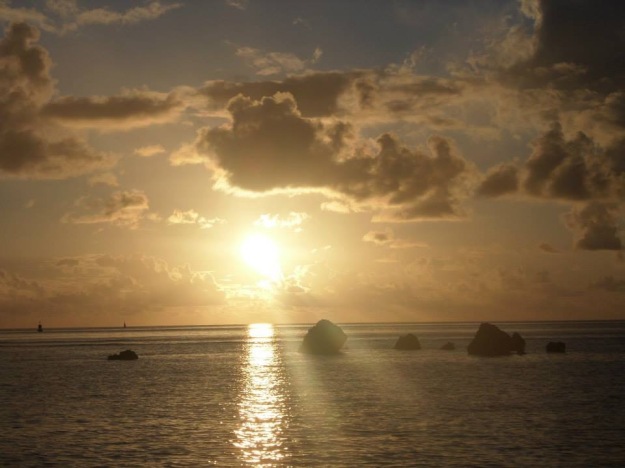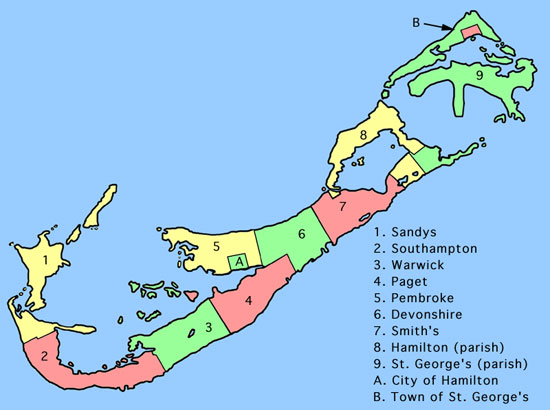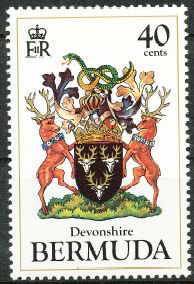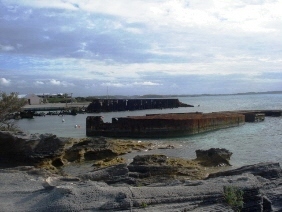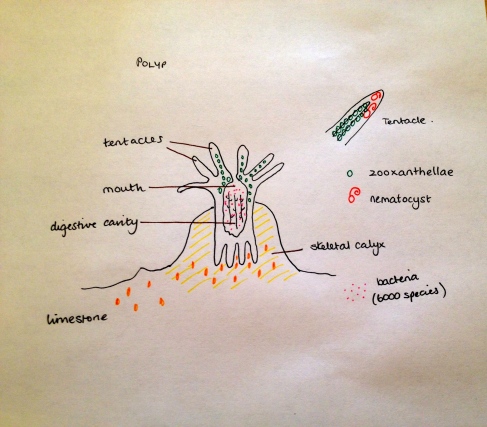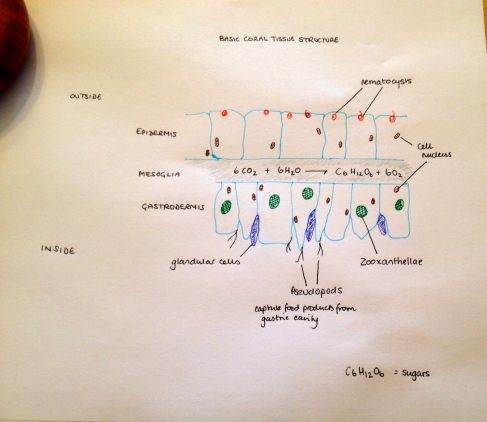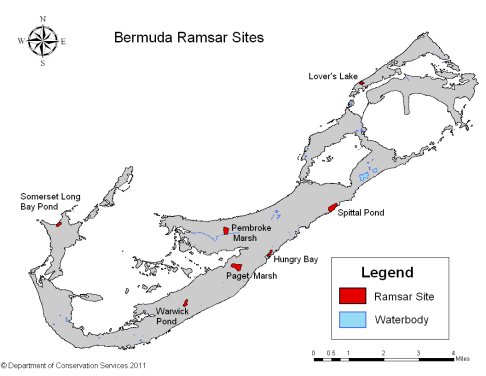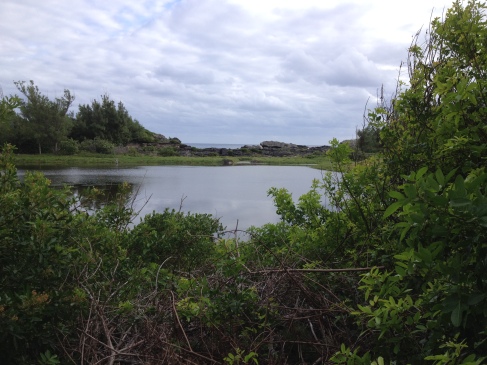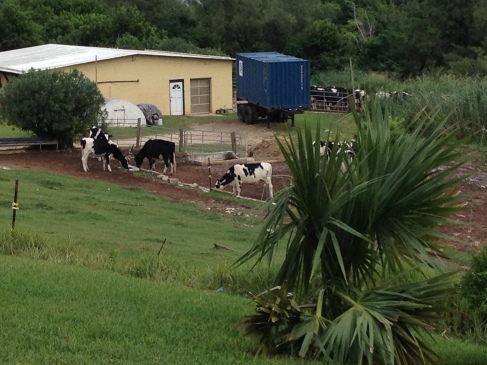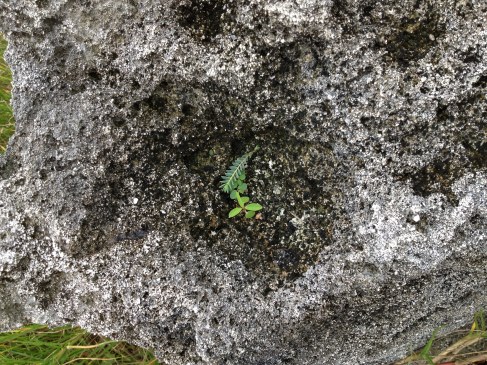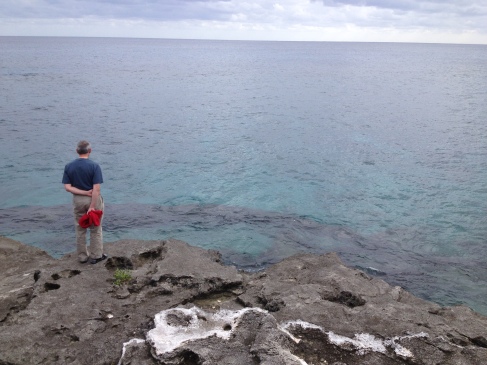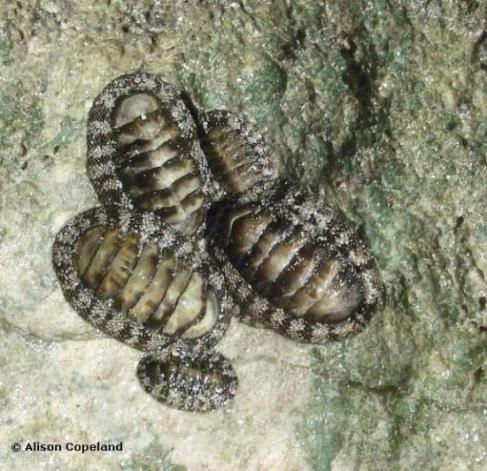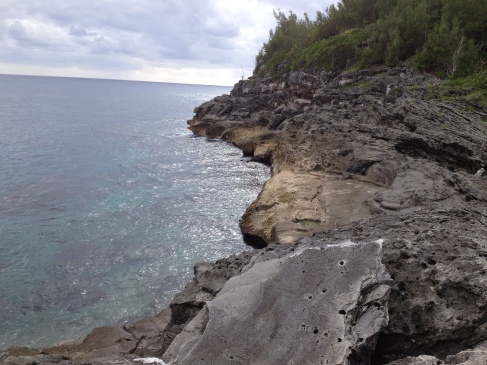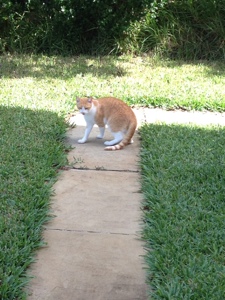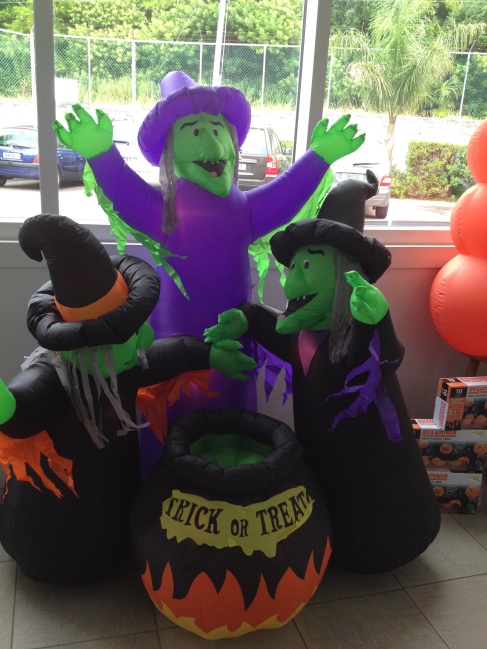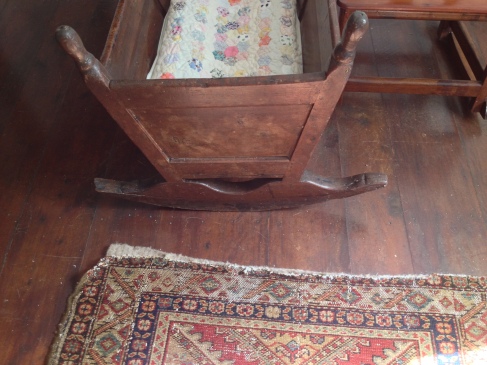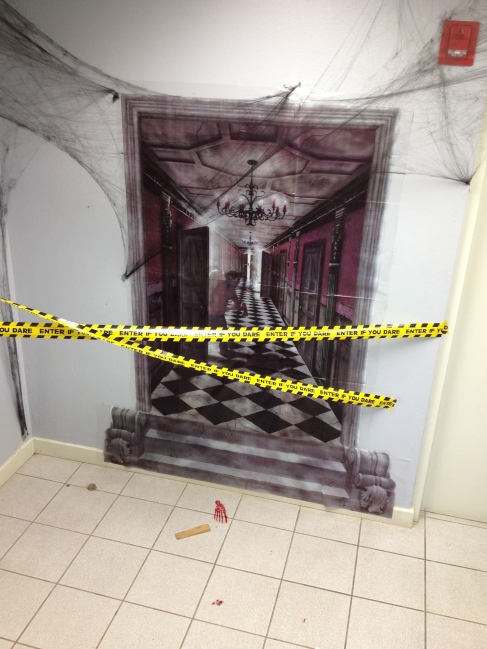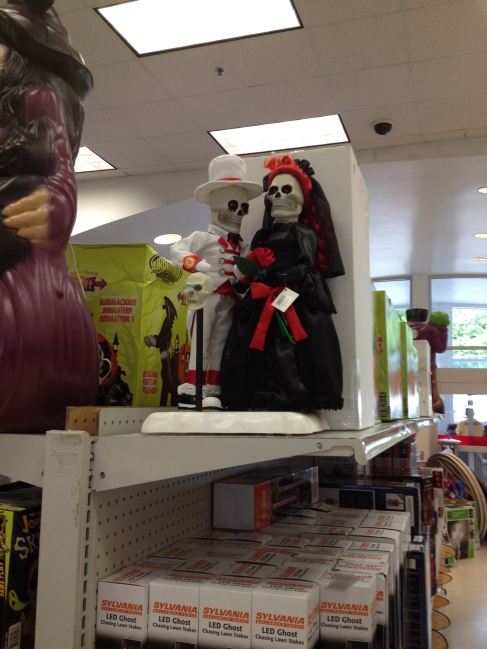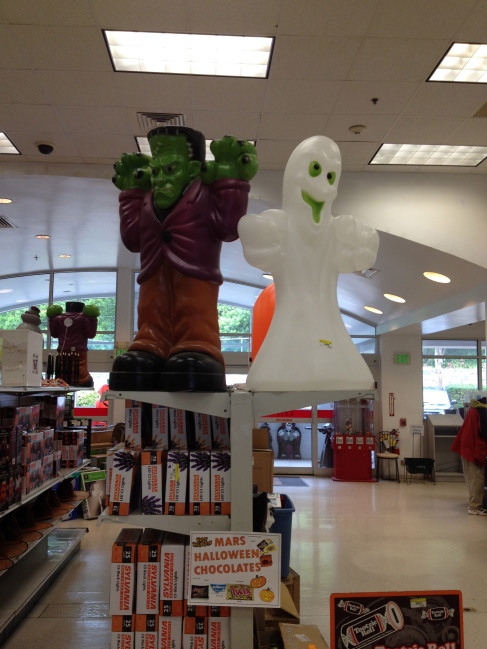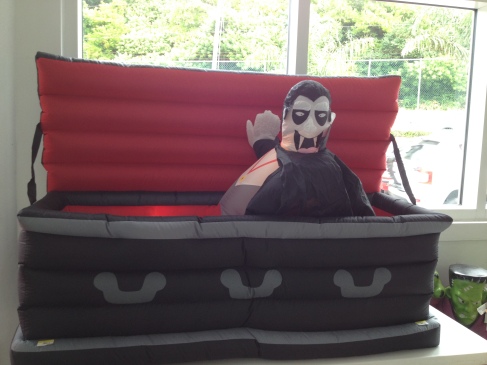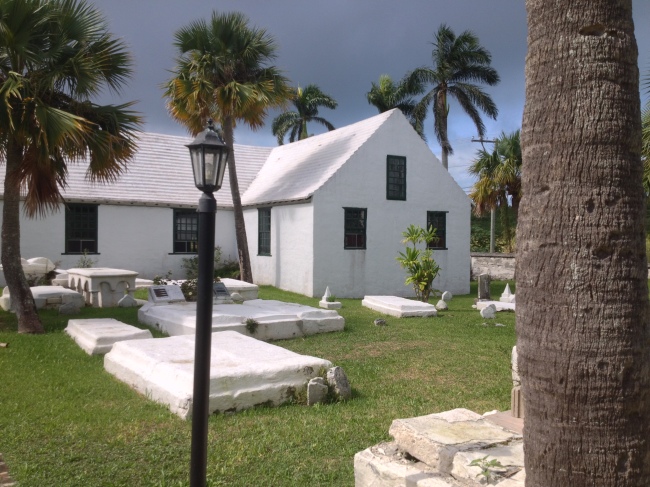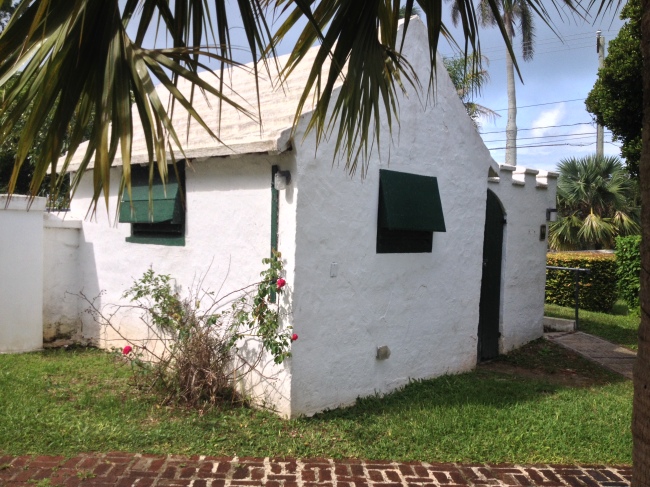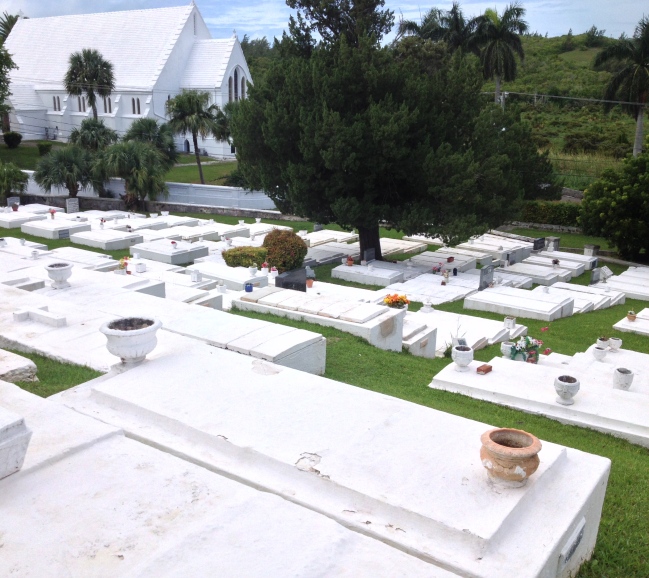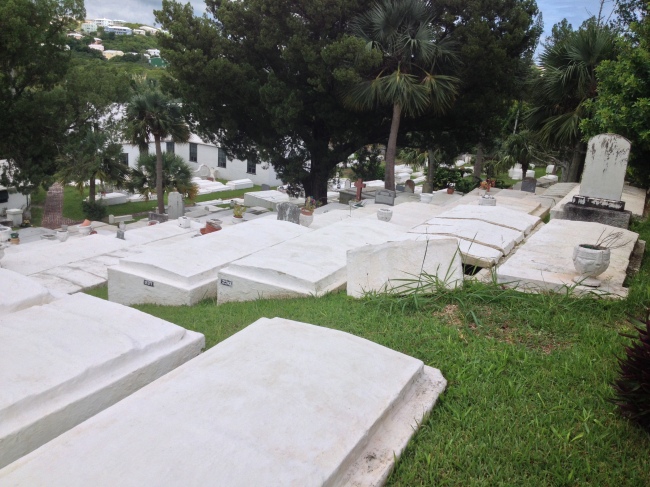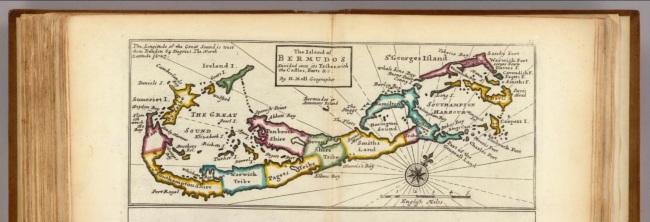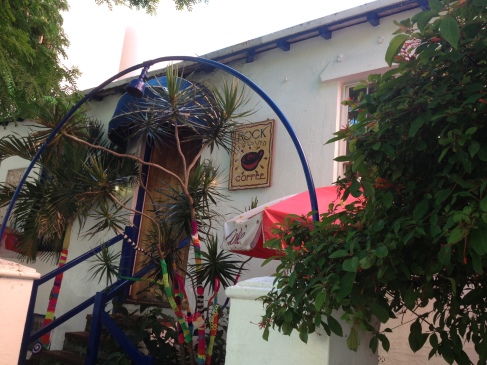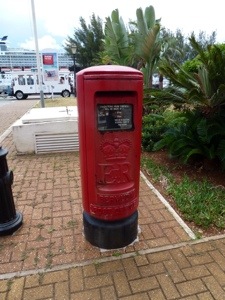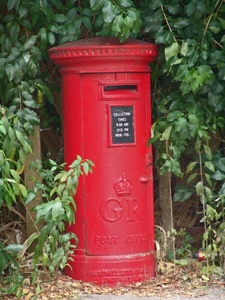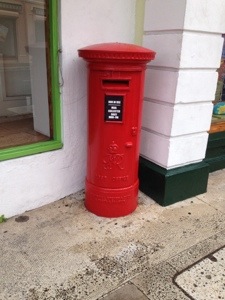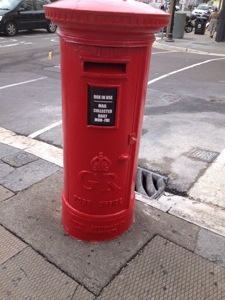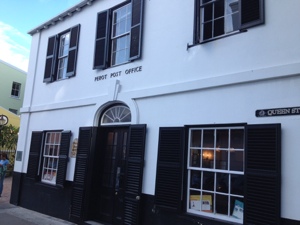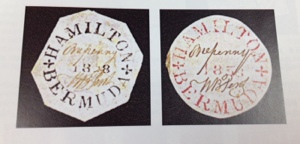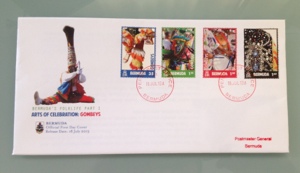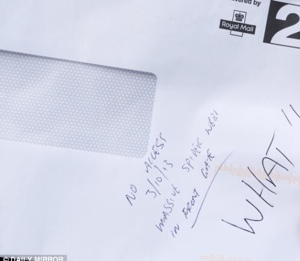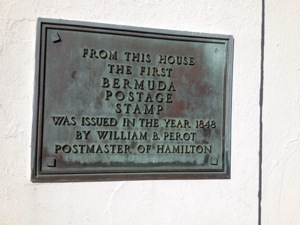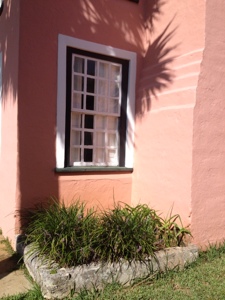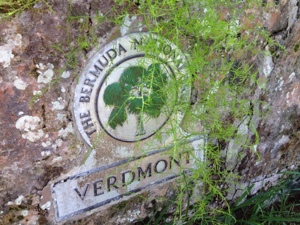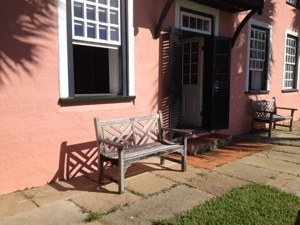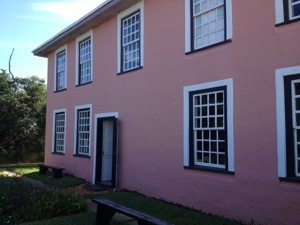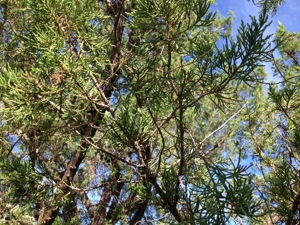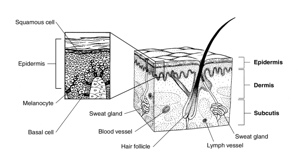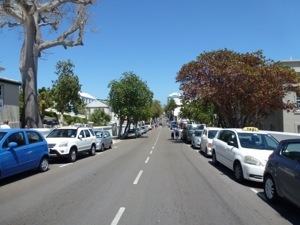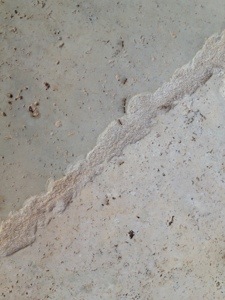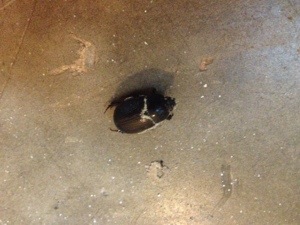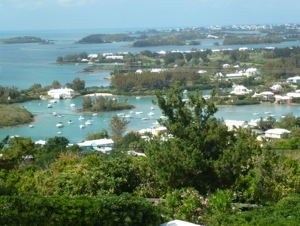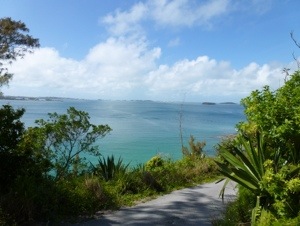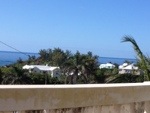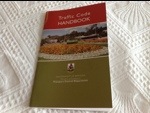An itinerary for visitors:
Having had a series of visitors during this last year I realised that the itinerary we used for them might be of interest to others. So here it is:
Day 1: Meet at airport, drive to home (or hotel) and sit in garden with cool drinks, listen to tree frogs and wait for the sunset. If your visitors have come from UK then keep them awake until past 9pm – they will still wake early but won’t be asking for breakfast at 4am the next day. The BA flight arrives around supper time but the passengers are very well fed generally, +/- wine, so I have discovered the best solution to “do we have supper?” is a bacon roll with a glass of wine. If you are island visitors staying in a hotel then perhaps a bowl of Fish Chowder – practically every restaurant/eating place serves this.
Day 2: This might depend on which day of the week it happens to be, so the days are interchangeable with the basic premise of “just one big thing each day”. So this day is a Kayak paddle with snorkelling. It does help if you have your own kayak and water access but even if not there are plenty of places to hire kayaks. We are lucky enough to have water access into Harrington Sound so we paddled across to Trunk Island and swam around the shallow waters there, good site for the snorkel-naive to practise.
If based at the West End then Mangrove Bay and the islands around there would work just as well. For our last visitors we did a picnic lunch and took them into Hamilton for dinner. This coincided with Harbour Night, gombeys and craft stalls along Front Street. At the moment Harbour Night is only during the peak summer months, but I did see a news article that it might be extended later into the Autumn or that the Winter tourist program might have a similar event on a regular basis. Gombeys are amazing so if you don’t catch them at Harbour night look out for the Saturdays in the Park at Queen Elizabeth Park (Par-la-ville) or if it’s winter then Tuesday’s at Pier 6 along Front Street.
For dinner my recommendation is Angelo’s in the Walker Arcade, good menu, pleasant ambience and always tasty food. Of course that depends on your budget, but I am assuming you don’t wish to take out a mortgage to fund your island holiday.
Day 3: Start with a Jetski adventure. See previous post for suggestions. This was probably my son’s favourite activity, the girls on the other hand were “glad we have done it but never again” – with varying degrees of tremor when they finished! Substitutions for this would be a Wildcat Round the Island tour or one of the Boat trips around the Great Sound.
After the Jetski we visited the small Hayden Chapel, with a bottle of water and half an hour to watch the view or read a book. If you are closer to the East End then this would be a brief visit to Tucker House in St George or to Carter House on St David’s Island.
For lunch we visited the Southampton Princess Hotel – their Pulled Pork Tacos are delicious and I recommend the strawberry lemonade. I understand the cocktails here are also good, but I was driving 😟
The afternoon is for one or more of the South Shore beaches.
Day 4: In the morning visit Miles Market to pick up a picnic lunch then hire a Boston Whaler from Grotto Bay for the afternoon – 1-5pm, very reasonable cost at $140 plus fuel. Remember sun lotion, hats, snorkels and water.
If you wish to have a slightly bigger boat I would suggest St George, Mangrove Bay or Somerset. The advantage of doing this in Castle Harbour is the wreck off Nonsuch Island and the almost deserted beach that is only accessible by boat. Round this off with a drink at the bar at Grotto Bay or Swizzle Inn, then supper at home. I chose not to cook so a take-out from East meets West solved that issue.
Day 5: Dockyard, Glass-bottom boat, Mini-golf with a drive back via the sea-glass beach. To be honest the glass bottom part of the boat trip is the hook to get you on the boat, you don’t actually see that much under the boat, but what you do get is a gentle chug out to the Wreck of the Vixen, a feeding frenzy of bream, chub and snapper and maybe a few turtles on the way. Oh, and a rum swizzle! This is very reasonably priced at $45 per person and the tour guides are great. We were on a boat piloted by the youngest Captain on the island who started driving boats at the age of 4 – he is a little older than that now!
Don’t like mini-golf? What’s not to like – our very sceptical visitor was a convert after the first six holes, or was that just because each set of six ended up at the bar?
Day 6: Tobacco Bay for an early snorkel – before 10:30 the visibility is best as after that people kick up sand and you have to go further out in order to see the big fish. Then take a walk to the end of the little promontory with a can of drink and sit watching the parrot fish around the rock towers. That brings you to around midday for lunch at Blackbeards Restaurant, just around the corner overlooking Achilles Bay. I would highly recommend the scallops wrapped in bacon. Sun cream and hat are vital here if you want to sit and look out at the sea while you eat.

Replete with lunch you take a drive to St David’s Island for a gentle walk along Cooper’s Island nature reserve. The second and third beach along from Clearwater Bay are just amazing, white sand, unspoilt, turquoise sea, everything that’s good about Bermuda.

Then to cap this day off I suggest a Sunset Cruise. Our last visitors went with AnaLuna Adventures and they asked me to give the company five stars in the TripAdviser Review – they sailed to Flatts Inlet, swam around the island there and then off into the sunset with champagne. Idyllic.
Day 7: This is where you have some choices to make : shopping in Hamilton, any of the museums, a wander in the Botanic Gardens or perhaps a walk along the railway trail at Baileys Bay. It is your last evening so a meal out perhaps? We enjoyed a relaxed meal at La Trattoria, good choice on their menu, and attentive wait staff (my husband suggested that was down to having two beautiful young ladies with us, but whatever, they were fun).
Day 8: A brief trip to the Zoo/Aquarium (it still isn’t fully open yet but at least what they have done is looking very good, much better displays than previously) and then drive into St George for the Ducking Stool at 12:30. Note this doesn’t happen on Friday or Sunday so you may need to shift days around. It was pouring with rain when we went this week, but the Town Crier announced that he wouldn’t let a bit of rain prevent the wench from getting what she deserved! So we all got soaked in one way or another.
End the week with a bacon butty and glass of wine looking out across the water.

Prescription: Seven day course of treatment. Repeat often, prn (when required) with food and wine.






